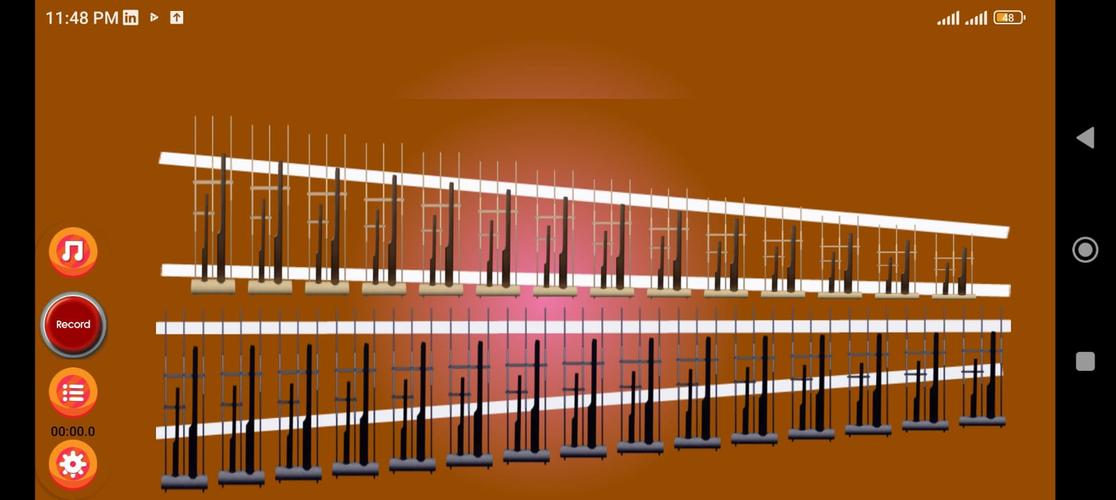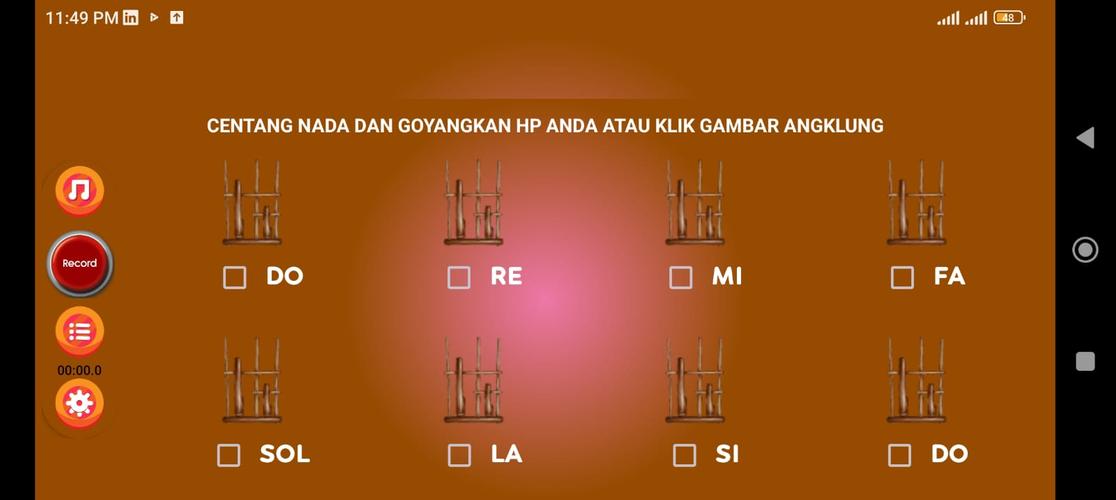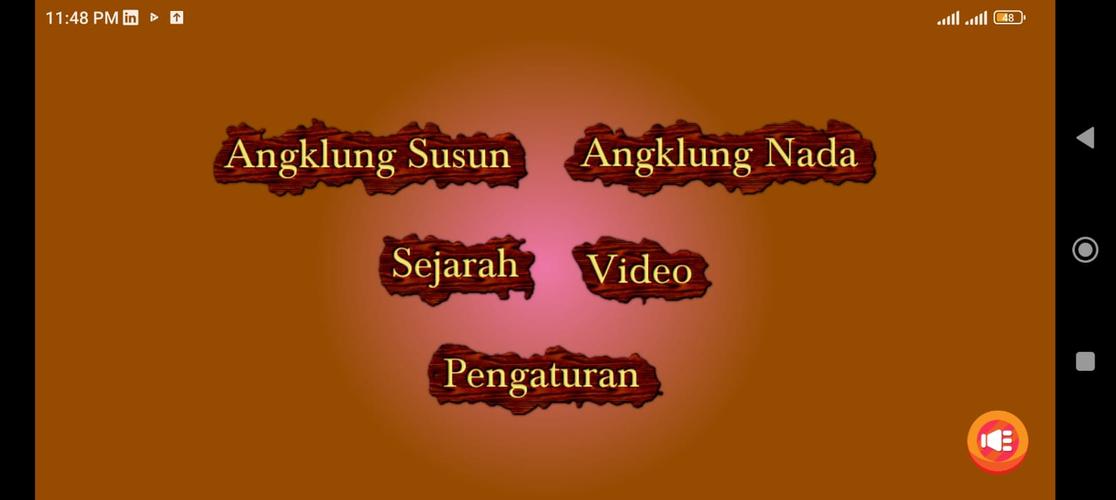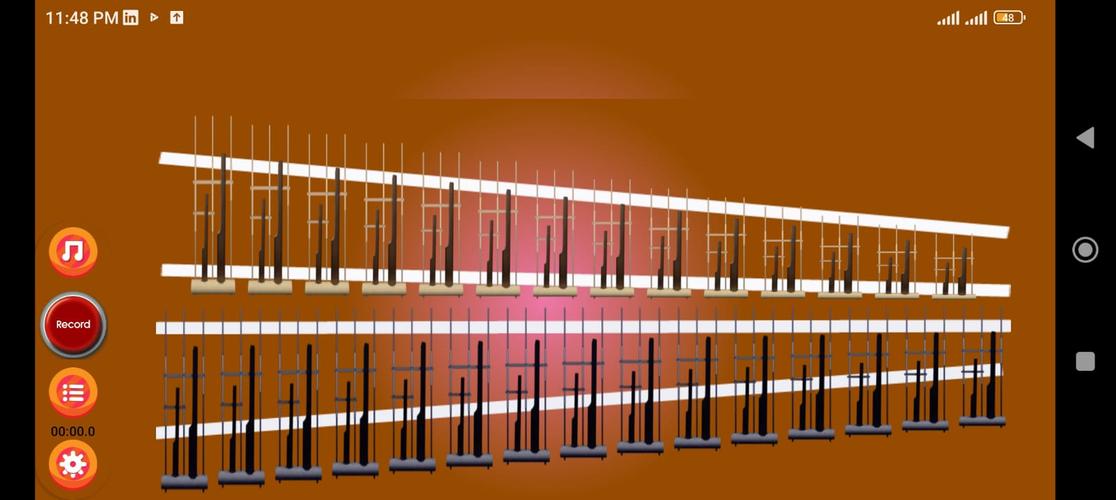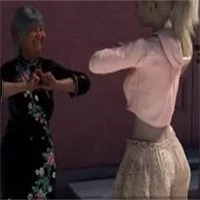Angklung: A Traditional Indonesian Musical Instrument
The term "angklung" originates from the Sundanese language, where "angkleung-angkleung" refers to the rhythmic movements of the players. "Klung" signifies the tonal sound produced by the instrument.
Each note is generated by a bamboo tube of varying size. When shaken, these tubes produce a harmonious melody. Therefore, to create a complete melody, angklung is played collectively.
Construction
Angklung is typically crafted from black bamboo (Awi wulung) or ater bamboo (Awi temen), which turns a distinctive yellowish-white color upon drying. It consists of 2 to 4 bamboo tubes of different sizes, bound together with rattan.
Playing Techniques
Playing the angklung is relatively simple. Players hold the upper frame of the instrument and shake the lower portion to produce sound. There are three basic techniques:
- Kerulung (Vibration): The most common technique, where both hands hold the base of the bamboo tubes and vibrate them left and right repeatedly to sustain a note.
- Centok (Flick): The tube is quickly flicked by a finger towards the palm, producing a single percussive sound.
- Tengkep: One tube is vibrated while the others are held still, resulting in a single sustained note.
Types of Angklung
Throughout history, various regions in Indonesia have developed their own unique types of angklung:
- Angklung Kanekes: Originating from the Baduy people, this angklung is only played during rice planting ceremonies and is crafted exclusively by members of the Baduy Dalam tribe.
- Angklung Reog: Accompanies the Reog Ponorogo dance in East Java. It has a distinct shape and sound, producing only two notes. Angklung Reog is also commonly used as a decorative item.
- Angklung Dogdog Lojor: Used in a traditional ceremony honoring rice plants. This angklung is played exclusively during the Dogdog Lojor ritual, which is still practiced by the Kasepuhan Pancer Pangawinan community in Banten Kidul.
- Angklung Badeng: Originating from Garut, Angklung Badeng was initially used as an accompaniment to rice planting rituals. With the spread of Islam, it became an instrument for religious propagation.
- Angklung Padaeng: Introduced by Daeng Soetigna in 1938, this angklung features modified bamboo tubes capable of producing diatonic notes. This allows it to be played alongside modern and popular instruments.
Daeng Soetigna's innovations were further developed by Handiman Diratmasasmita, who aimed to elevate the angklung to the status of an international musical instrument. Handiman continued to create diatonic angklung with improved designs. Udjo Ngalegena was another prominent figure in promoting the angklung to the wider public.


